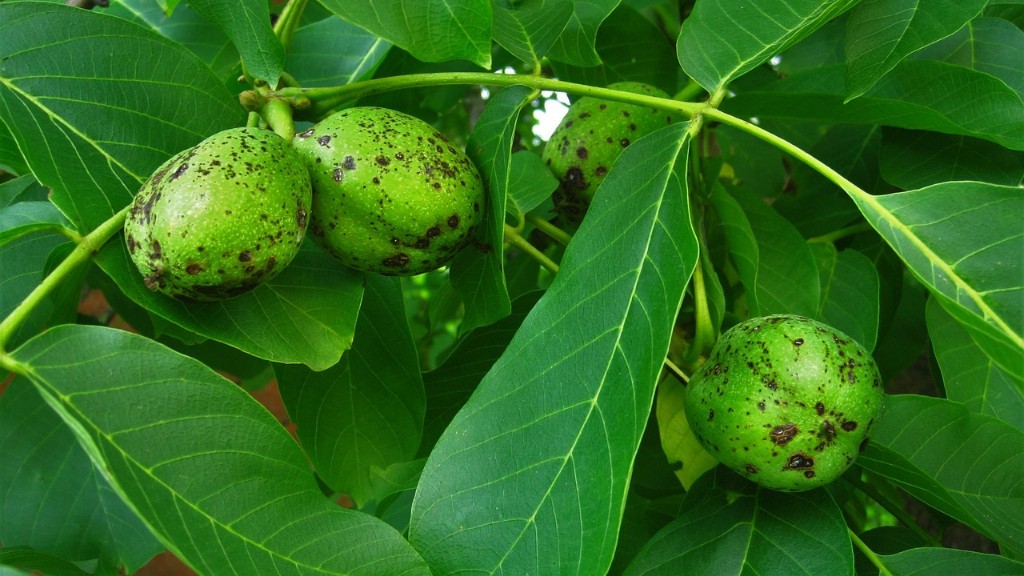Growing Conditions
Avocado trees are relatively easy to grow, but they do require certain conditions to thrive. The best soil for them is one that is well-draining, rich in organic matter, and slightly acidic. The ideal height range for an avocado tree is between 8 and 12 feet, and it prefers full sun exposure. Lastly, the trees need to be in an area that has consistent temperatures between 55 and 85°F.
Understanding Avocado Varieties
When it comes to growing an avocado tree, it’s important to understand that there are different varieties. Some avocados like warm climates and others prefer cooler climates. For example, the cold-tolerant varieties, such as “Hass” and “Fuerte”, prefer cooler climates and can survive temperatures as low as 25°F. On the other hand, tropical varieties of avocados, such as “Pinkerton” and “Reed”, need warmer temperatures—28°F to 30°F—in order to thrive. Furthermore, if you live in an area where winter temperatures dip below 28°F, you may want to consider planting a cold-tolerant variety of avocado.
Time Frame
In terms of how long it takes for an avocado tree to grow, that really depends on a variety of factors, such as the variety being grown, the climate, and the care being given. Generally, an avocado tree will take 3 to 5 years to reach full maturity. During this time, the tree should be pruned, fertilized, and monitored for any signs of pest infestations.
Harvesting and Storage of Avocados
Once an avocado tree has reached full maturity, it will begin to produce avocados. Depending on the variety and the climate, the tree can produce anywhere from 50 to several hundred avocados per year. It is important to know when the avocados are ready to be harvested—this generally takes between 4 and 8 months from when the tree begins producing—so that they can be used or stored in the best possible way.
Watering Requirements
One of the most important factors to consider when it comes to growing an avocado tree is the watering requirements. Avocado trees need to be watered well, especially during the summer months, when temperatures are warm and the tree is flowering and producing fruit. Avocado trees have shallow root systems, so they need frequent and thorough watering during these times.
Fertilizing Requirements
Fertilizing an avocado tree is also important in order to ensure it reaches its full potential. An avocado tree has specific fertilizer needs, such as nitrogen, phosphorous, and potassium. There are a number of different fertilizers on the market that can be used for this purpose, but it’s important to make sure that it is the right kind for your specific tree.
Maintenance and Upkeep
The maintenance and upkeep of an avocado tree is not an overwhelming task. The tree should be regularly pruned, fertilized, and monitored for pest infestations. Additionally, the tree should also be protected from any frost or cold temperatures, as well as wind, as these can damage the tree or the fruit.
Pest Control
Avocado trees are vulnerable to a variety of pests, including scale and aphids. In order to keep these pest populations to a minimum, organic pest control methods should be employed, such as introducing beneficial insects or using chemical-free sprays. Additionally, the tree should be inspected on a regular basis to look for any signs of pest infestations.
Pruning Requirements
Pruning an avocado tree is an important part of its upkeep. Pruning helps the tree to grow more vigorously and fruit more abundantly. In addition to helping the tree to produce more fruit, pruning also helps to keep the tree healthy and prevents any disease or pest infestations from taking hold.
Conclusion
Avocado trees are relatively easy to grow, but they do require specific conditions in order to thrive. With the right care and maintenance, an avocado tree can take between 3 to 5 years to reach full maturity, and once it is mature, it can produce anywhere from 50 to several hundred avocados per year. Additionally, in order to ensure that your avocado tree reaches its full potential, it should be regularly pruned, fertilized, monitored for pest infestations, and protected from any frost or extreme temperatures.

